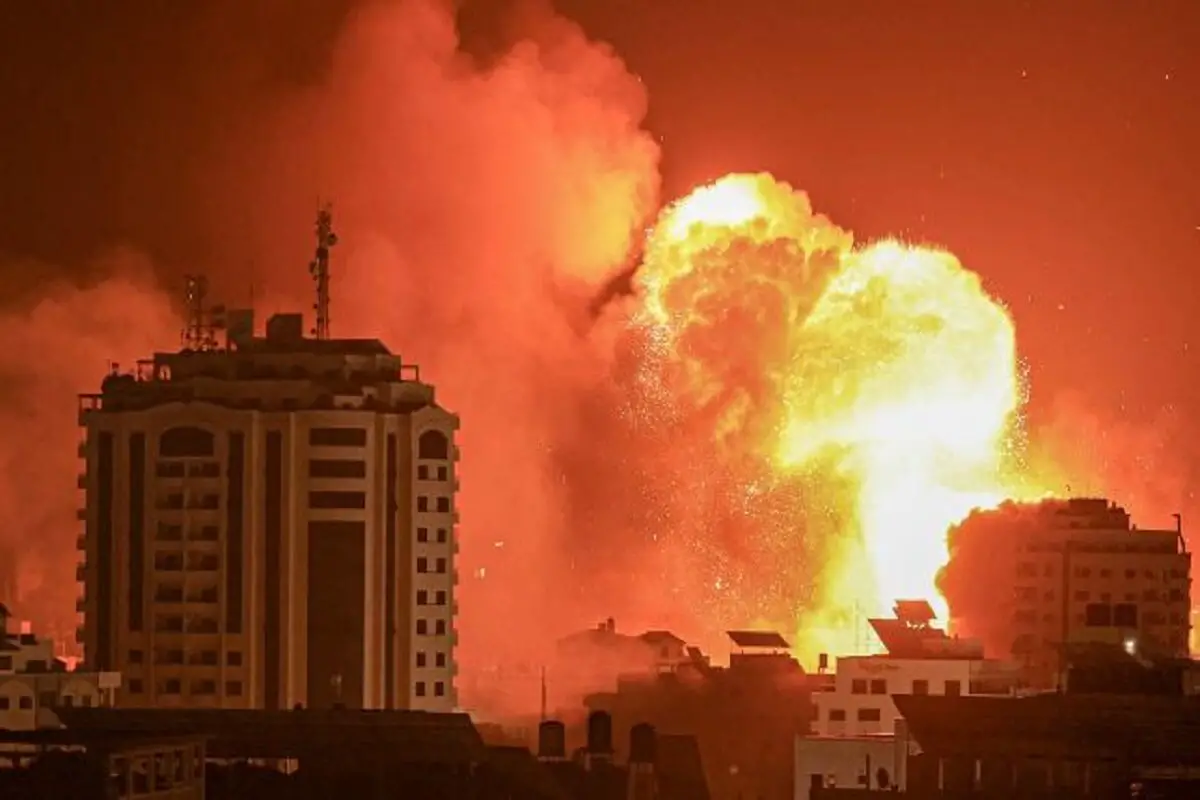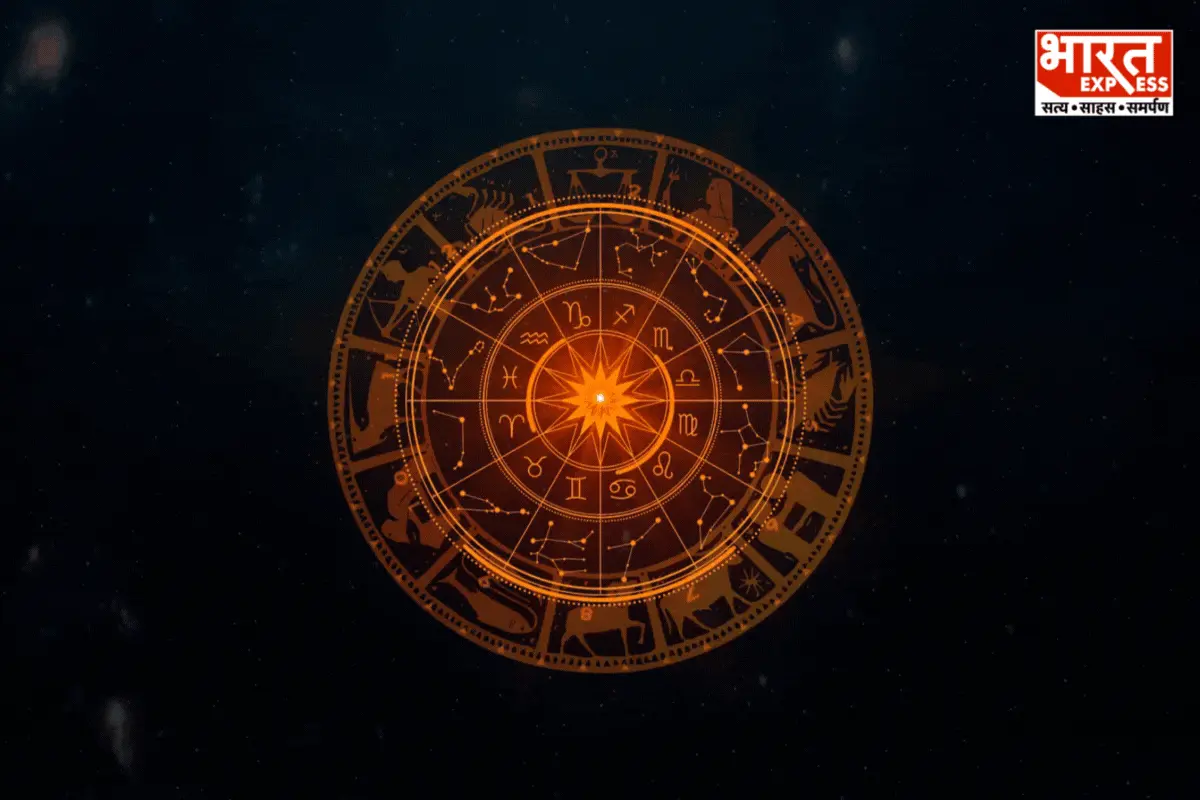
The Gaza Strip, a narrow region along the Mediterranean coast, has garnered significant attention due to recent events involving terror strikes and retaliations. Situated between Israel to the north and Egypt to the south, Gaza is the largest city in the State of Palestine and covers an area of about 365 square kilometers, roughly a quarter the size of Delhi. It’s home to approximately 2 million people, making it one of the most densely populated areas in the world. The two main entry and exit points for Gaza are the Erez Crossing with Israel in the north and the Rafah Crossing with Egypt in the south. Israel exercises control over Gaza’s airspace and maritime waters.
Gaza’s history
Gaza’s history includes a period of Egyptian rule, followed by Israeli capture in 1967 after the Six-Day War. For the next 38 years, Tel Aviv maintained control over Gaza, leading to protests against Israeli occupation. In 2005, Israel officially ended its military occupation, and in subsequent Palestinian parliamentary elections, Hamas emerged as the dominant political force. A coalition government was formed with Fatah, but in 2007, Hamas assumed full control of Gaza, leading to the government’s collapse. The West Bank, under Fatah leadership, was recognized as the legitimate Palestinian government. This period also saw a three-week war between Israel and Hamas in 2008-2009, which marked the beginning of a cycle of violence.
Open-air prison
The people of Gaza face extensive restrictions imposed by Israel, which have been described as creating an “open-air prison.” Travel to the West Bank is largely blocked, and leaving through Egypt is fraught with challenges, including reports of corruption in securing passage. Those who can afford to leave do so, but many are trapped. Israel has also controlled Gaza’s airspace, coastline, and imposed a maritime blockade, limiting Gazans’ activities to just 11 kilometers of coastline.
Life in Gaza
Life in Gaza is characterized by severe economic challenges, high unemployment rates, and food insecurity. Gaza experiences frequent power cuts, with homes suffering an average of 17 hours without electricity daily. The restrictions have led to a decline in the number of people crossing Erez and Rafah borders. With the recent announcement of a complete siege by Israel, effectively blocking electricity, food, and water supply, life for Gazans caught in the crossfire is dire.
Israeli officials urged Gaza residents to leave
Amid recent conflict, Israeli officials have urged Gaza residents to leave, but the question of where Gazans can flee to remains uncertain. Over 20,000 people have been displaced due to Israeli airstrikes, and many, including women, children, and the elderly, are seeking refuge in schools. The United Nations’ World Food Programme expresses deep concern about how the war will impact food supplies in Gaza, with food stocks at risk of depletion as people stock up in fear of prolonged conflict.
To read more such news, download Bharat Express news apps





















